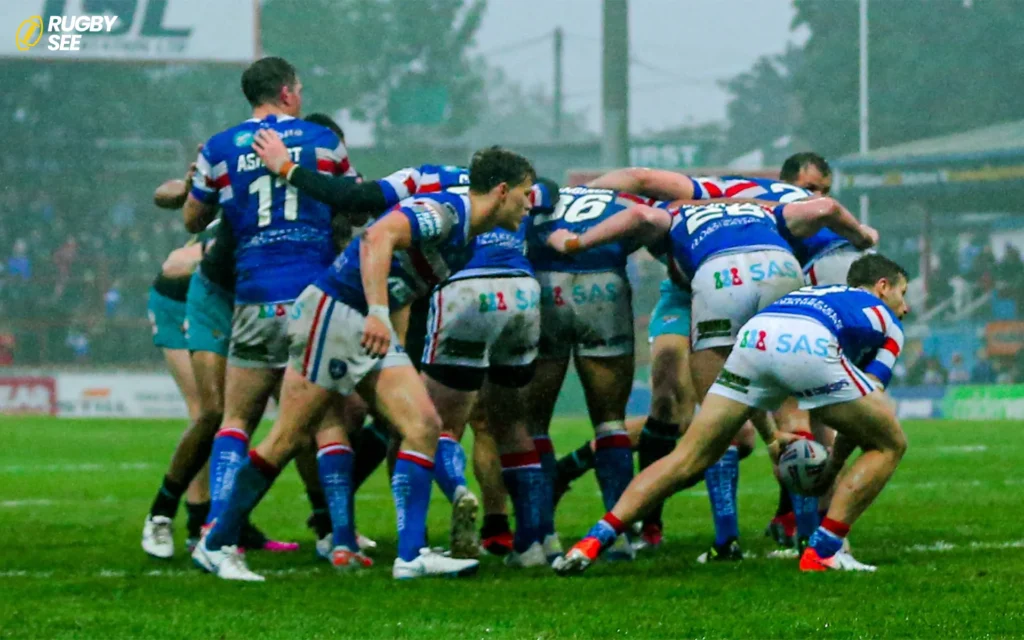The split between Rugby Union and Rugby League is not just a chapter in the history of a sport, but a reflection of social, economic, and cultural tensions that brewed in the late 19th century. This article rugbysee delves into the reasons behind this historic split, its impact on the sport, and how it has evolved over the years.
Rugby, a game that originated from the simple act of picking up a ball and running with it during a football match at Rugby School in 1823, has grown into one of the world’s most popular sports. However, the path of its development was not straightforward. By the end of the 19th century, Rugby had divided into two distinct codes: Rugby Union and Rugby League. This split was the culmination of years of disagreement over issues such as amateurism versus professionalism, compensation for players, and the rules of the game.
The Birth of Rugby Football
Rugby football began at Rugby School in England, where the game’s first rules were written in 1845. As the sport grew in popularity, it spread across the UK and other parts of the world. By the 1870s, clubs from northern England, where the industrial revolution had taken a firm hold, began to dominate the sport. These clubs were mainly composed of working-class players who could not afford to take time off work to play rugby without some form of compensation.
In this content in full with Why Did Rugby Union and League Split? You met A Deep Dive into History and if you want to know more about the history of rugby, read the content What Country is Rugby From?

The Crux of the Split: Amateurism vs. Professionalism
The core issue that led to the split in Rugby was the debate over amateurism versus professionalism. The Rugby Football Union (RFU), established in 1871 to govern the sport, staunchly supported the ideal of amateurism, where players were not to receive any form of payment for their participation in the game. This stance was in line with the Victorian era’s amateur ethos, which viewed sports as a means of building character and moral fiber, rather than a way to earn a living.
However, this ideal did not sit well with many players, especially those from the working-class northern clubs who relied on the income from playing rugby to support themselves and their families. The refusal of the RFU to allow compensation for players led to a growing rift between the wealthier, amateur southern clubs and the increasingly professional northern clubs.
The Formation of the Northern Rugby Football Union
The tension reached its peak in 1895, when 22 clubs from the North of England met in Huddersfield and formed the Northern Rugby Football Union (NRFU), later to become the Rugby Football League (RFL). This new body introduced professional payments for players and made several changes to the rules of the game to make it more appealing to spectators, including reducing the number of players from 15 to 13 and introducing the play-the-ball rule.
The Impact of the Split
The split had a profound impact on Rugby, leading to the creation of two distinct codes: Rugby Union, which remained amateur until 1995, and Rugby League, which embraced professionalism from its inception. This division was not just about sport; it reflected broader social and economic divides within Britain at the time.
The split between Rugby Union and Rugby League is a pivotal moment in the history of the sport, highlighting the clash between amateur ideals and the realities of professional sport. Today, both codes have their unique identities and followings, but the roots of their division remain a fascinating study of how sport can reflect and influence societal changes.

This exploration into why Rugby Union and League split offers insight into the complexities of sports evolution and the factors that drive change within them. As Rugby continues to grow globally, understanding its history helps us appreciate the diversity and depth of the game today.










